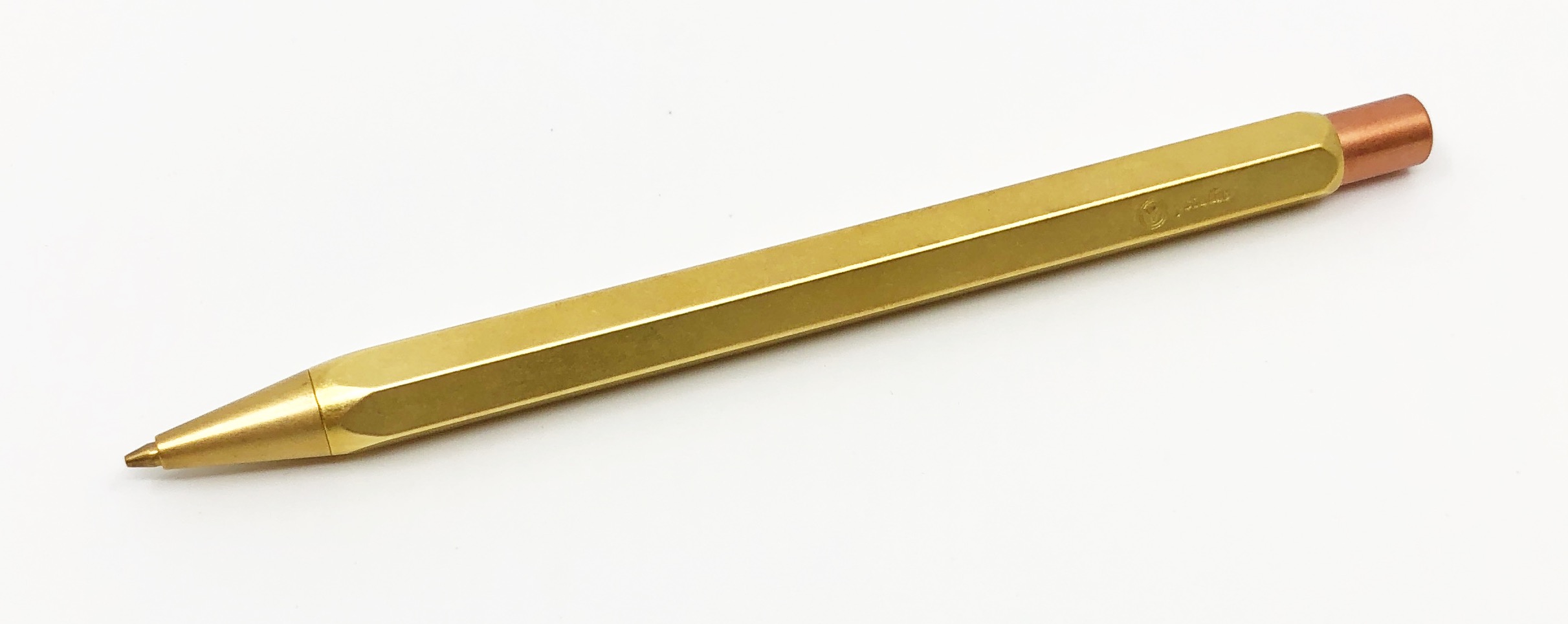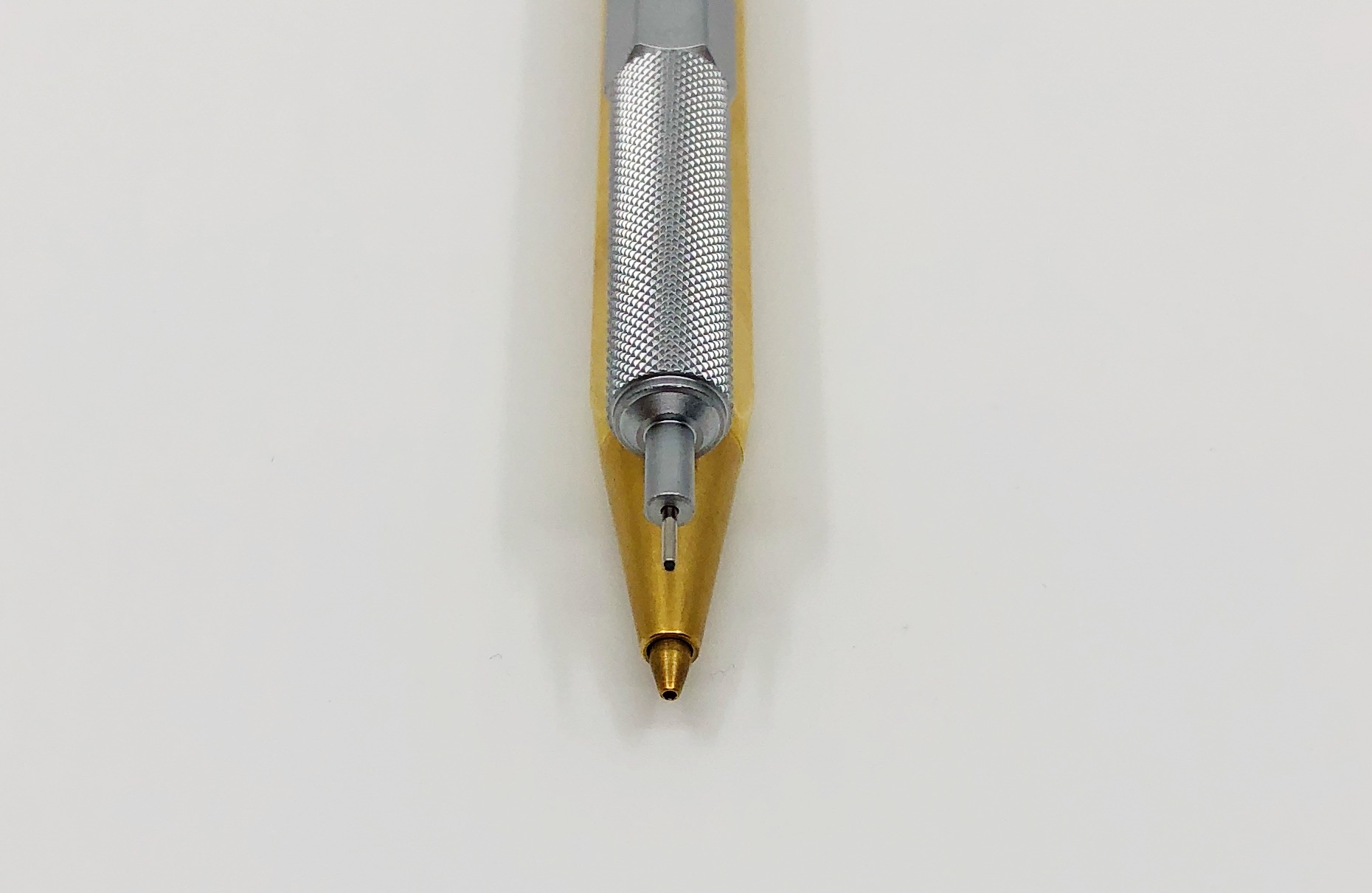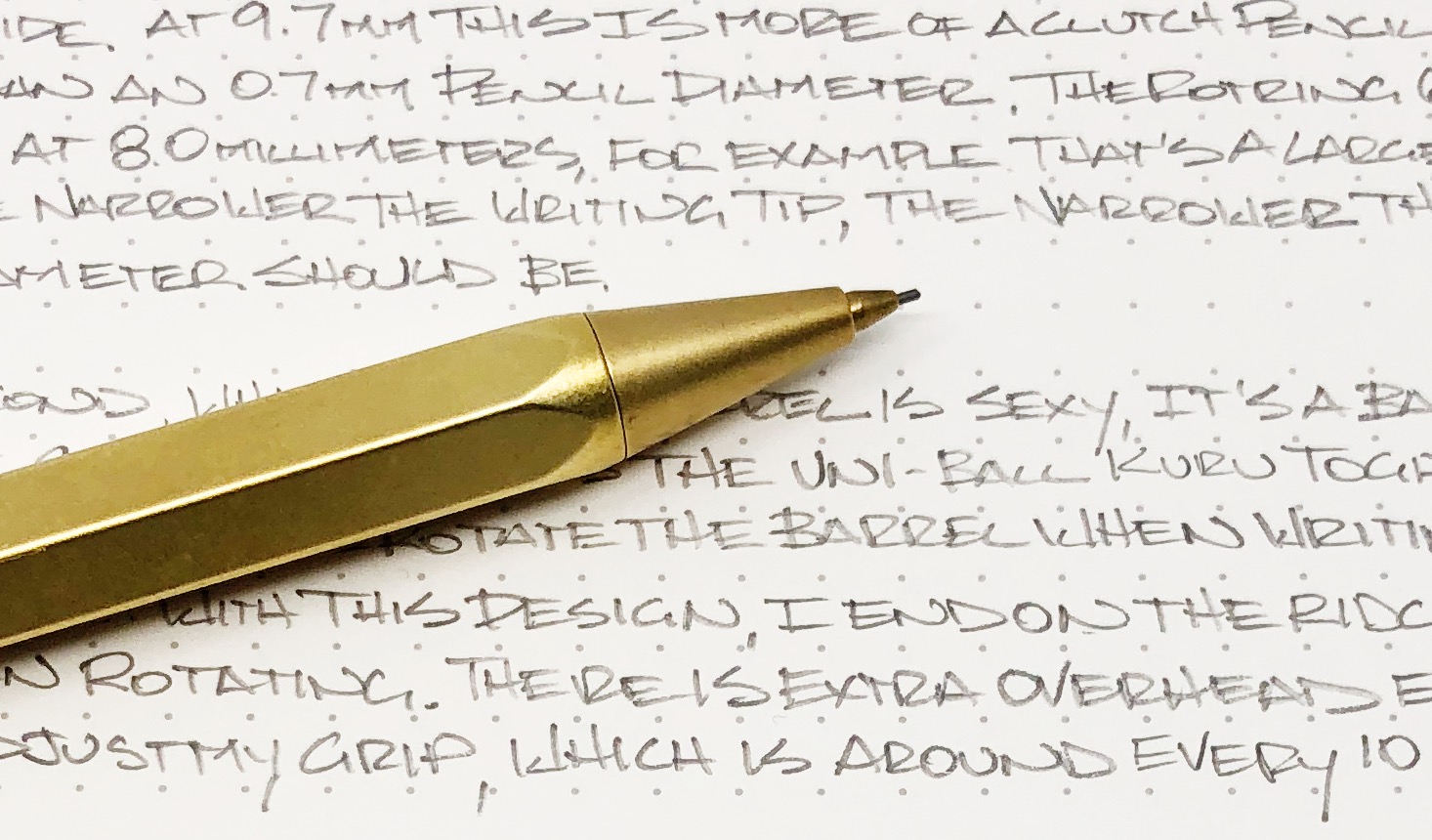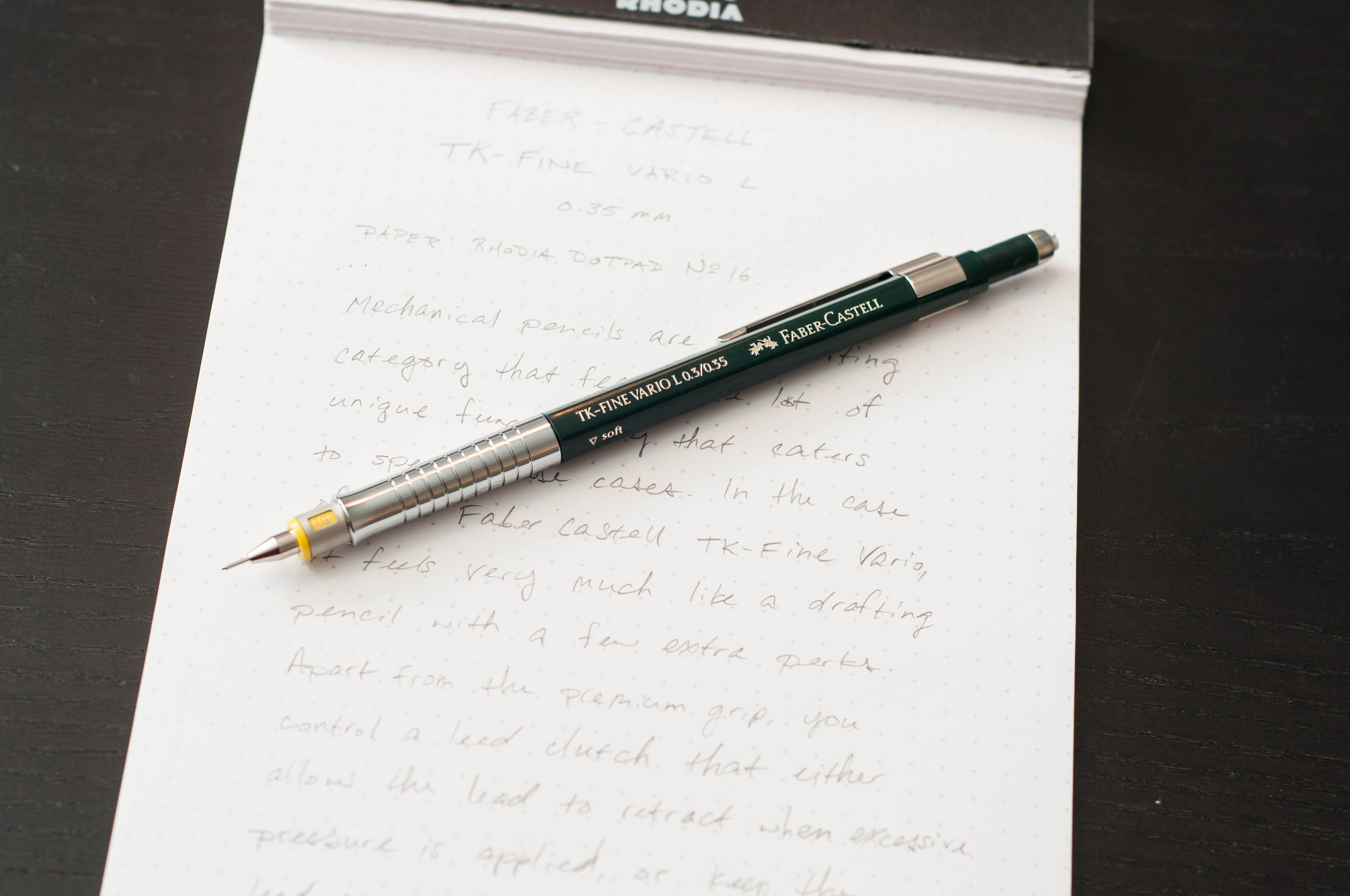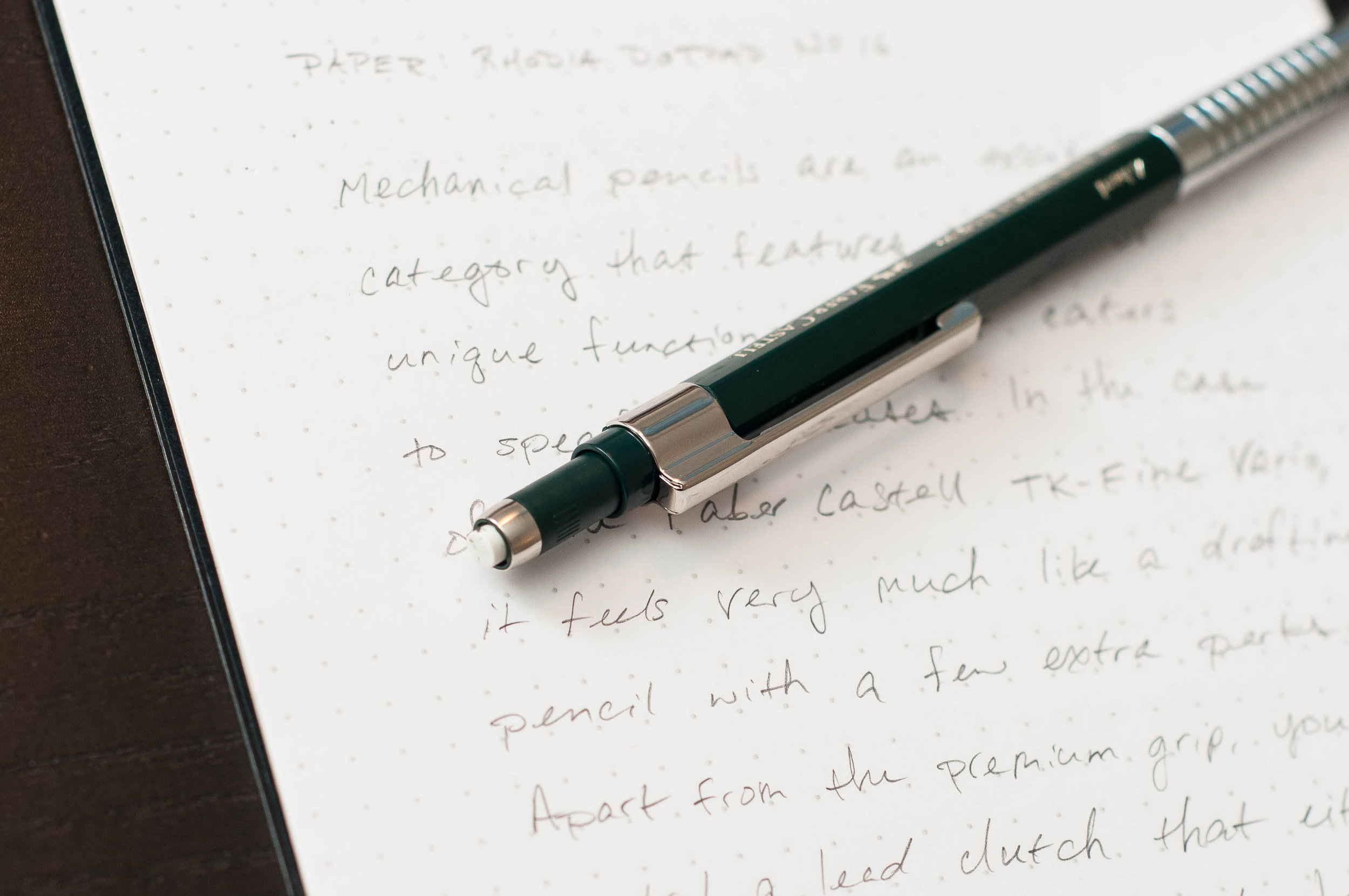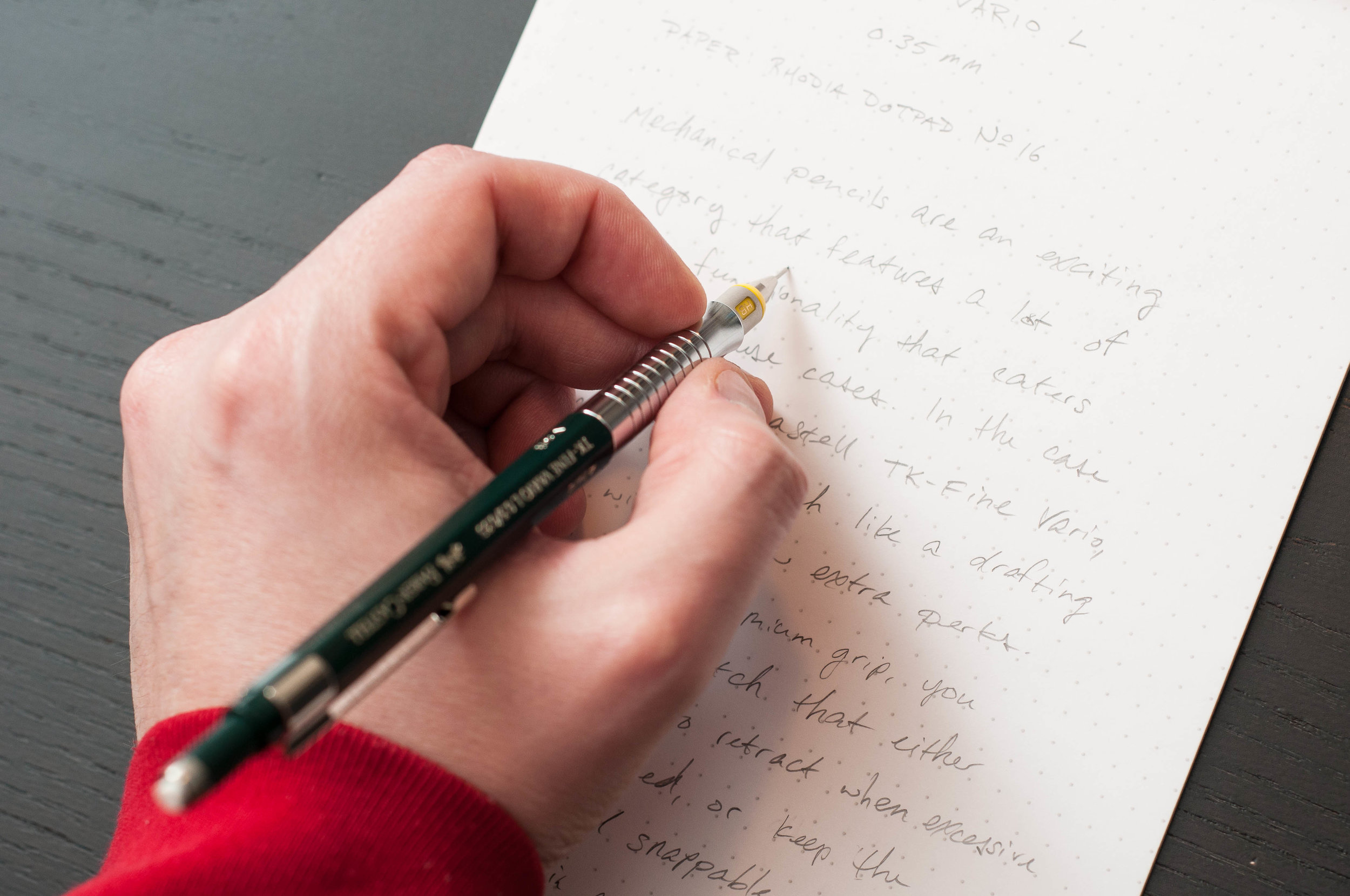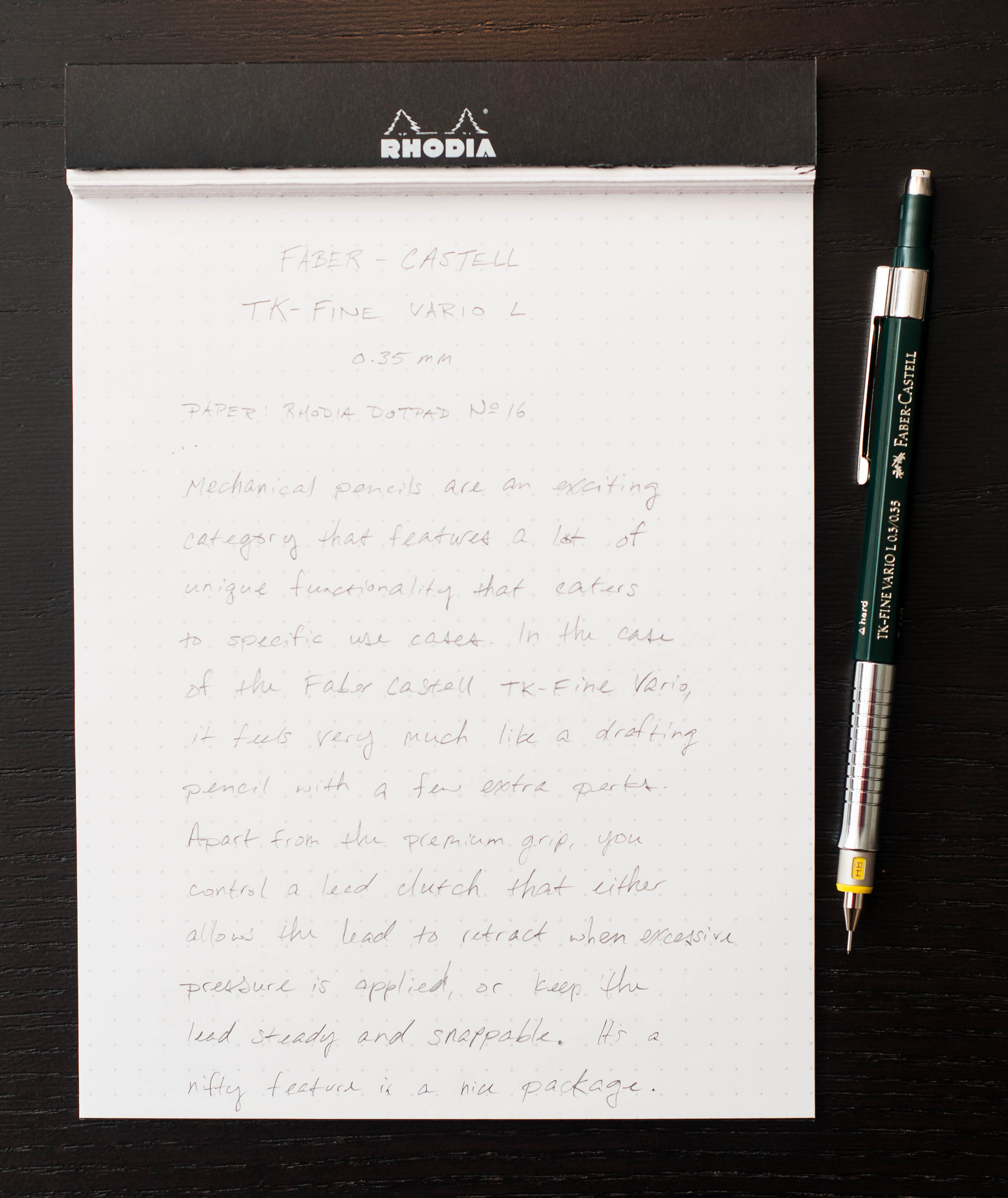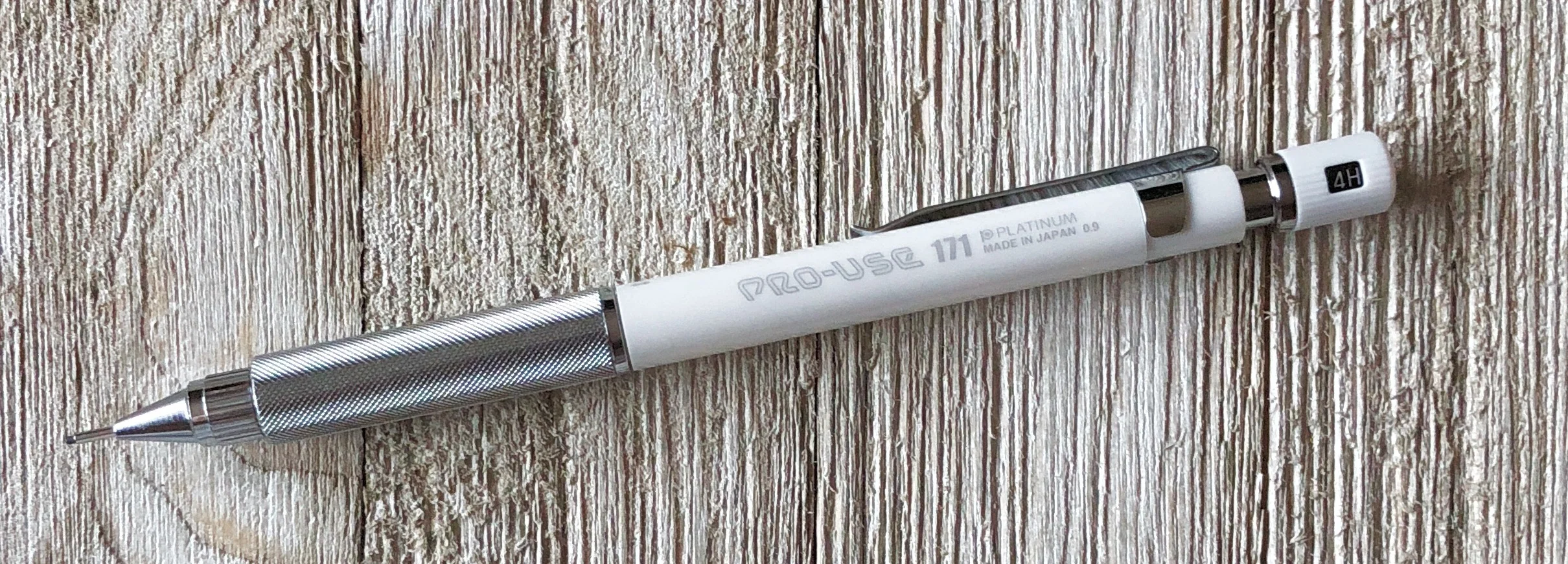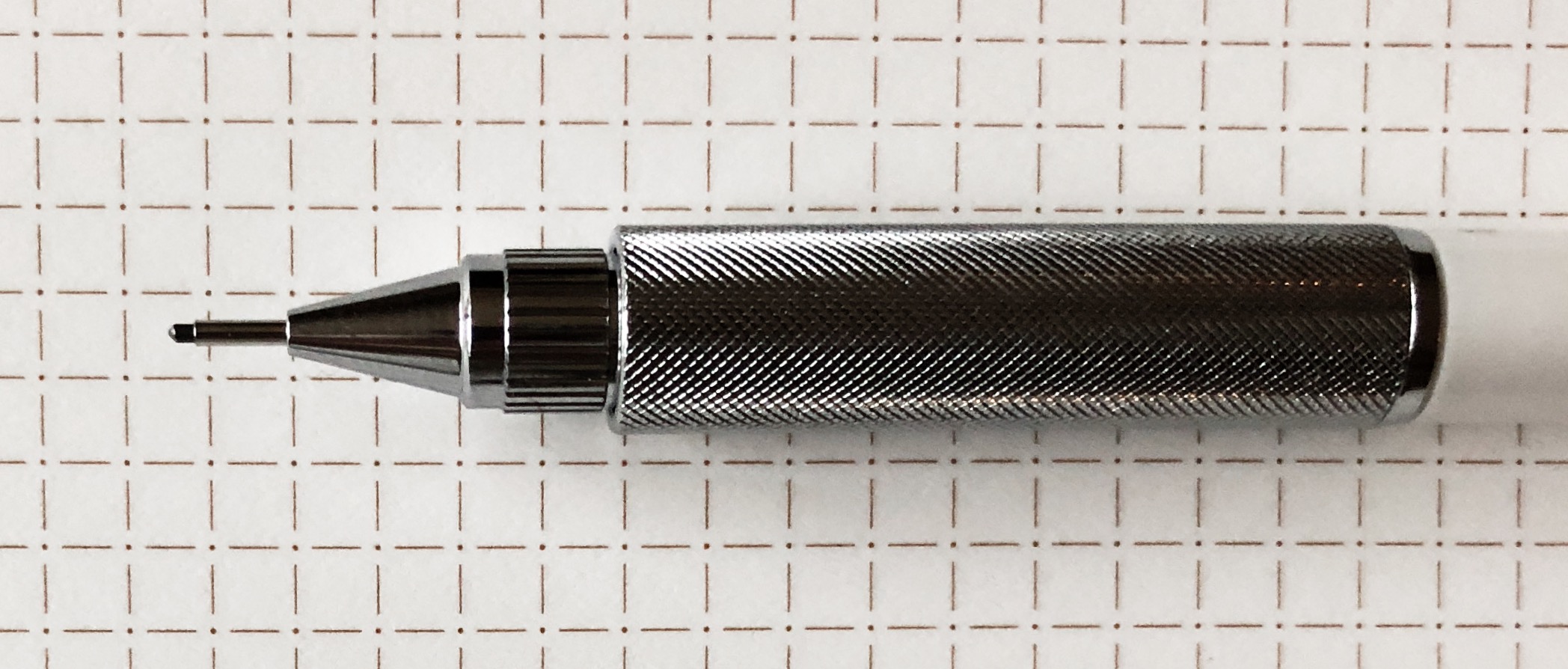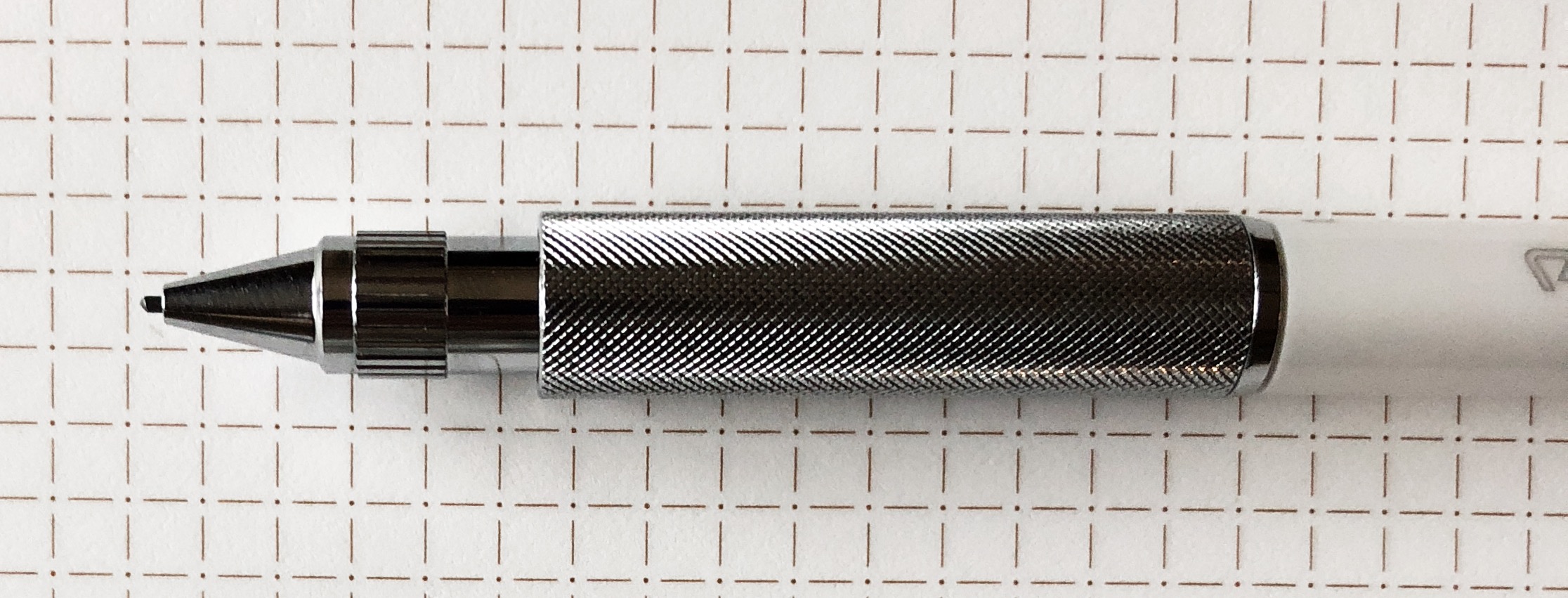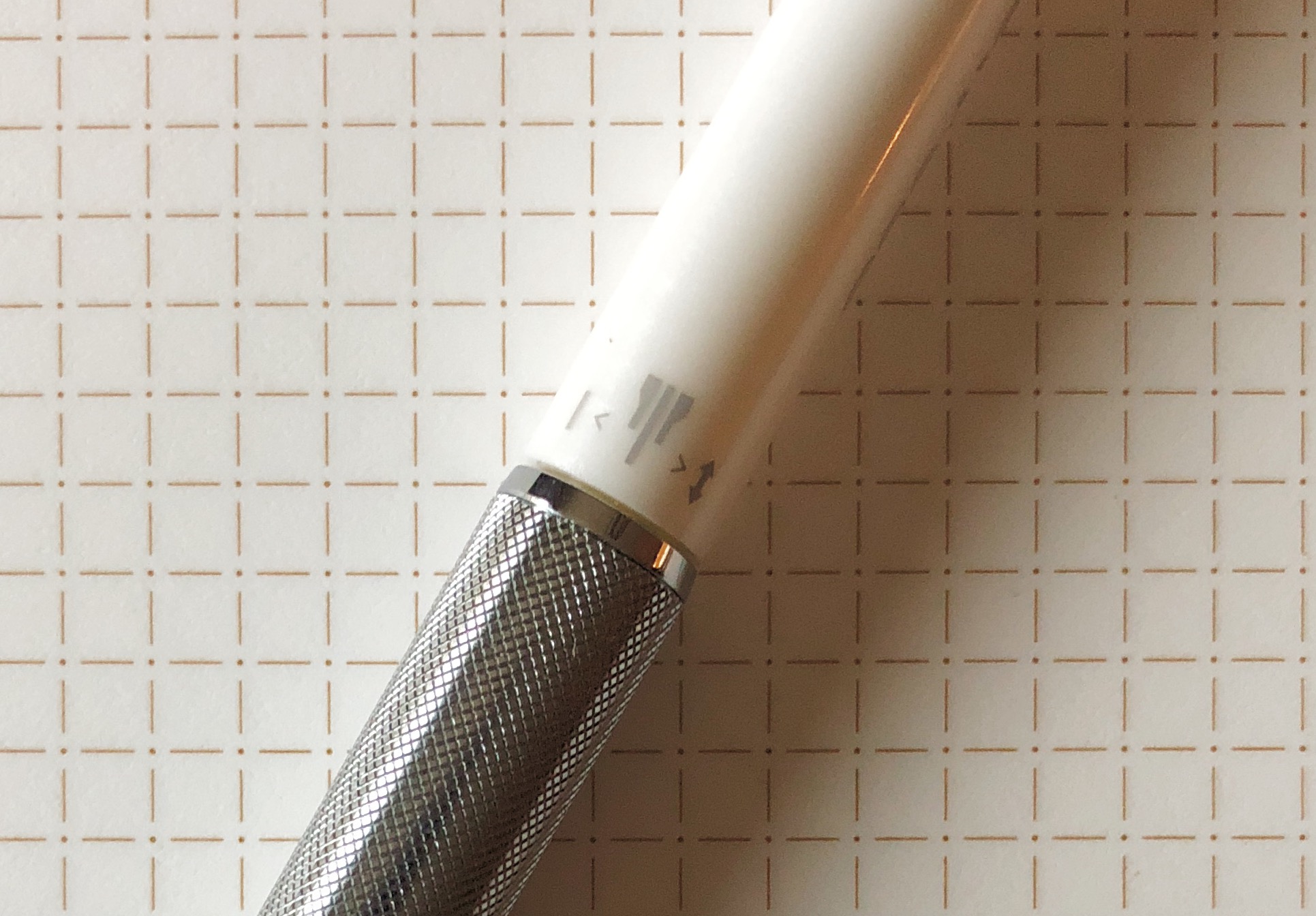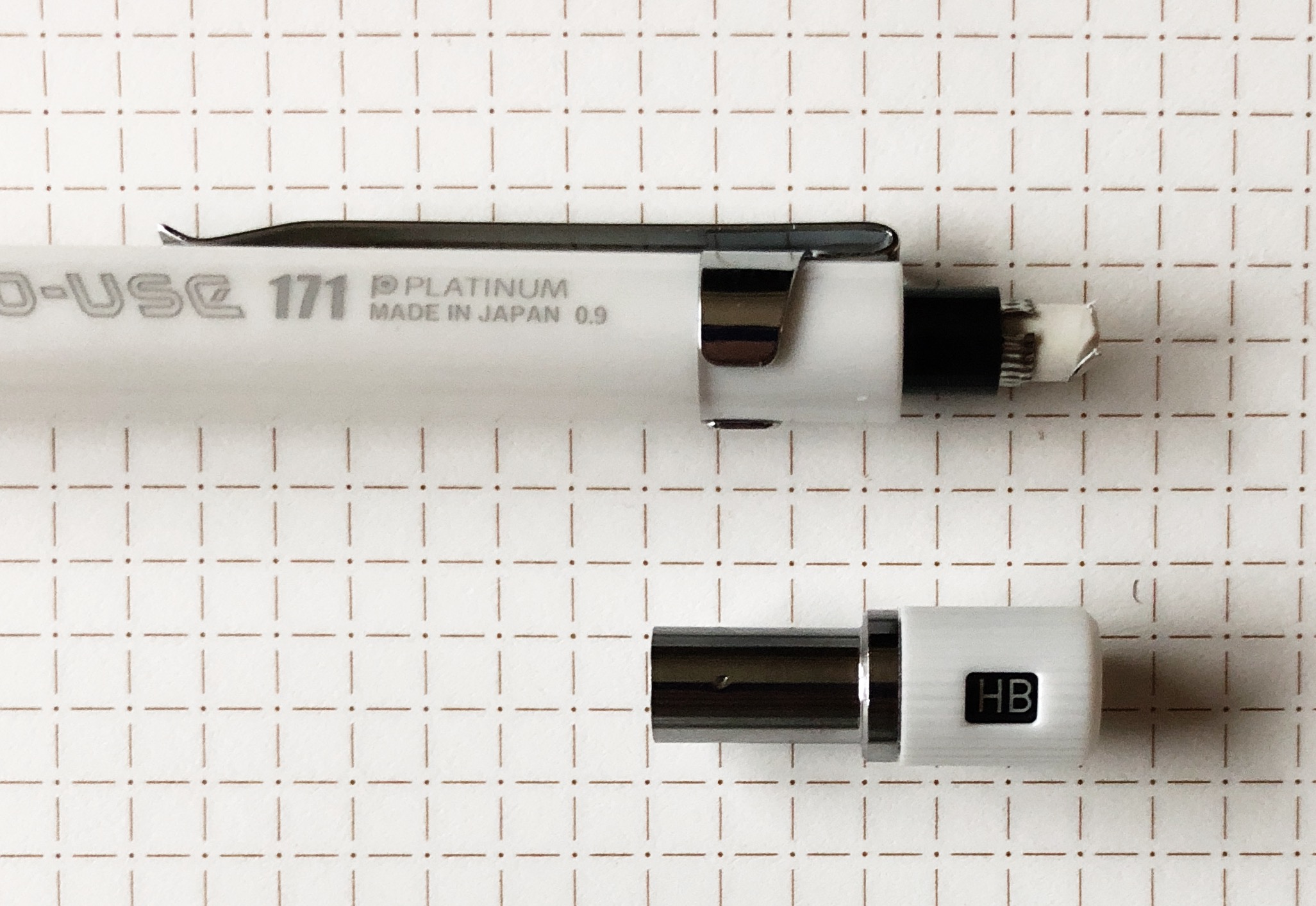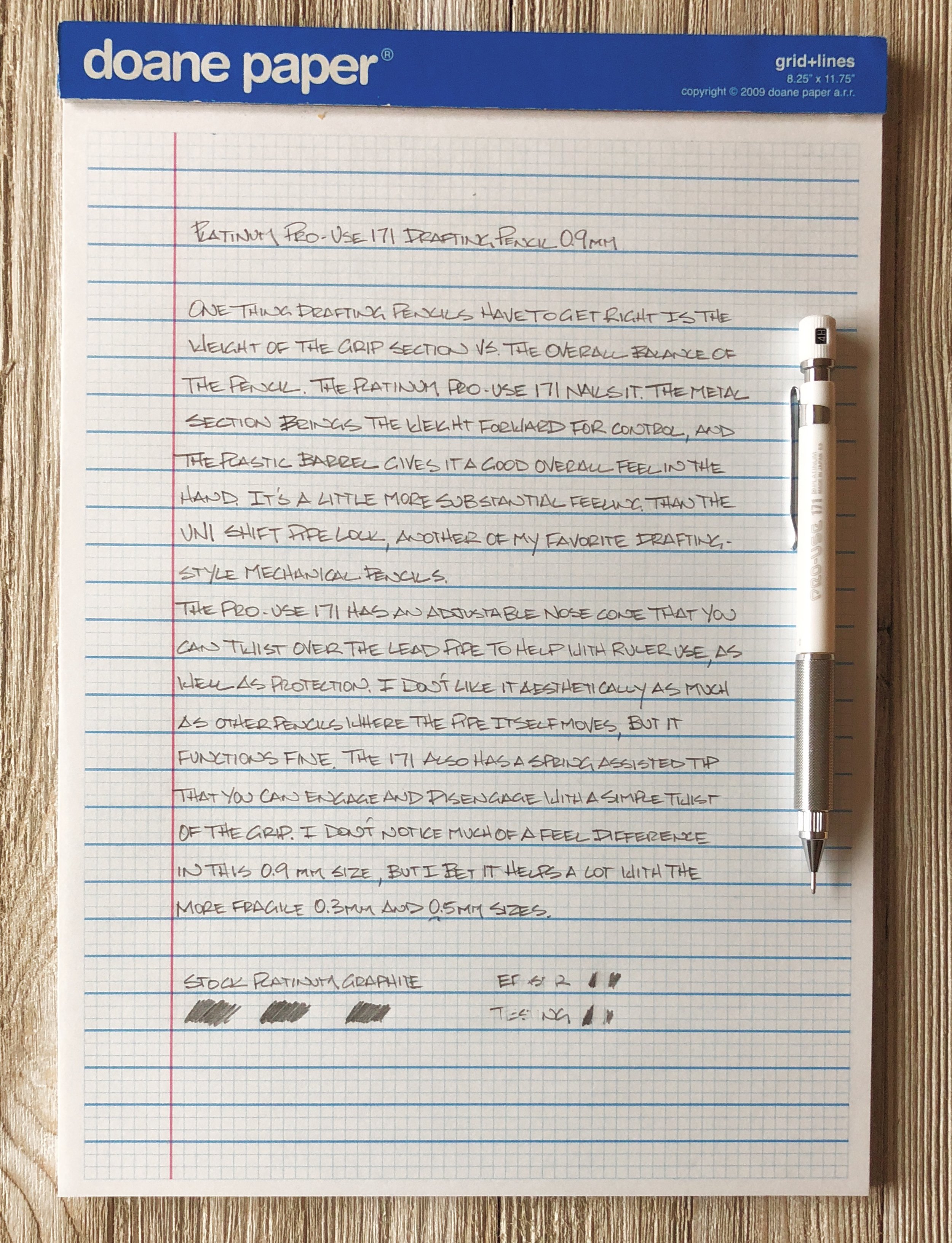I’m a ystudio fanboy. You know this by now. The Brassing Fountain Pen was an instant classic the moment it was released, and they continued to expand the lineup beyond the ballpoint with great items like the Desk Pen.
The ystudio Mechanical Pencil is the most recent addition to the lineup, and, as much as it pains me to say this, it’s not their best effort.
Let’s talk about the good before I delve into what gives me pause about recommending this pencil. First off, it is stunning to look at. The hexagonal brass barrel is refined, and the copper knock sets off the design perfectly. The build is extremely refined, which is a consistent theme across the entire ystudio lineup.
The way this pencil looks is a dream scenario for Patrick Ng. It’s impossible to take a bad picture of it, and it fits into any photo setup perfectly.
As great as that sounds, we buy things to use them - at least that’s what I believe in. This is not the easiest pencil to use, especially for longer writing sessions.
The barrel is wide, which, for smaller motion writing instruments like mechanical pencils, is not a good thing. Added width means added stress if the tip isn’t correspondingly wide. This is why you see very few wide barrel mechanical pencils on the market. And when you do, like with the Pilot Dr. Grip for example, they are designed specifically to help writers with hand and grip issues, like arthritis. The wide barrel of the ystudio has no such benefits. This design would make for an excellent 2.0 mm clutch pencil.
Secondly, you cannot have a continuation of the hex barrel into the grip section of a mechanical pencil. Unless you are using the Uni-ball Kuru Toga, it is common to rotate the pencil in your hand to use the sharper edge of the graphite. When using this pencil, I often rotate my grip right on to a hex edge, which is an uncomfortable writing position. I then have to adjust a second time before continuing to write. I don’t like having to think about that every ten to twelve letters.
“But Brad, wooden pencils are often hex barrels and you don’t have a problem with them?” Correct! The difference is in the diameter. The narrower barrel of wooden pencils helps with that issue, and the hex edges are softer/more rounded. The design benefits wooden pencils, while being detrimental in the case of the wider ystudio mechanical pencil.
A quick glance around the mechanical pencil market tells you everything you need to know about good pencil design. Do any other successful pencils have a hex grip? Nope. There are lots of hex barrels - like the famous Rotring 600 - but they morph into round grips for a reason.
Two minor things worth mentioning as well: There is no clip, and no internal eraser. Neither of those things bother me, although the lack of eraser is an odd choice considering the simple knock design. It’s almost like it is asking for it, yet it’s not there.
The ystudio mechanical pencil puts on a good show. It is fantastic looking, and is a photography standout. But writing instruments are made to be used, and using this one is more challenging than most.
(Vanness Pens provided this product at no charge to The Pen Addict for review purposes.)
Enjoy reading The Pen Addict? Then consider becoming a member to receive additional weekly content, giveaways, and discounts in The Pen Addict shop. Plus, you support me and the site directly, for which I am very grateful.
Membership starts at just $5/month, with a discounted annual option available. To find out more about membership click here and join us!

